محصولات ویژه
© کپی رایت 2025 | کلیه حقوق مادی و معنوی متعلق به بتنو می باشد
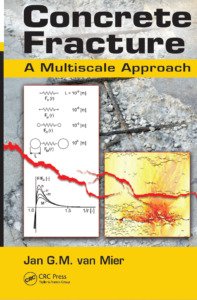
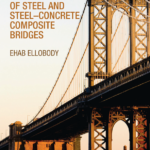 FINITE ELEMENT ANALYSIS AND DESIGN OF STEEL AND STEEL–CONCRETE COMPOSITE BRIDGE_المان محدود تجزیه و تحلیل و طراحی از فولاد
FINITE ELEMENT ANALYSIS AND DESIGN OF STEEL AND STEEL–CONCRETE COMPOSITE BRIDGE_المان محدود تجزیه و تحلیل و طراحی از فولاد
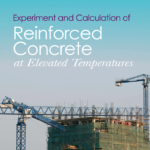 Experiment and Calculation of Reinforced Concrete at Elevated Temperatures_آزمایش و محاسبه تقویت شده بتن در دماهای مرتفع
Experiment and Calculation of Reinforced Concrete at Elevated Temperatures_آزمایش و محاسبه تقویت شده بتن در دماهای مرتفع
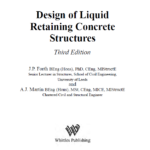 Design of Liquid Retaining Concrete Structures_طراحی بتن نگهدارنده مایع سازه ها
Design of Liquid Retaining Concrete Structures_طراحی بتن نگهدارنده مایع سازه ها
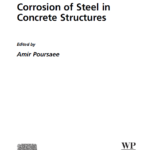 Corrosion of Steel in Concrete Structures_خوردگی فولاد در سازه های بتنی
Corrosion of Steel in Concrete Structures_خوردگی فولاد در سازه های بتنی
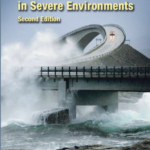 Durability Design of Concrete Structures in Severe Environments_ طراحی دوام سازه های بتنی در محیط های سخت
Durability Design of Concrete Structures in Severe Environments_ طراحی دوام سازه های بتنی در محیط های سخت
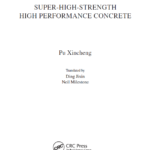 SUPER-HIGH-STRENGTH HIGH PERFORMANCE CONCRETE_ بتن با عملکرد فوق العاده بالا
SUPER-HIGH-STRENGTH HIGH PERFORMANCE CONCRETE_ بتن با عملکرد فوق العاده بالا
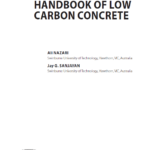 HANDBOOK OF LOW CARBON CONCRETE_ راهنمای بتن کم کربن
HANDBOOK OF LOW CARBON CONCRETE_ راهنمای بتن کم کربن
 Dynamic Behavior of Concrete and Seismic Engineering_ رفتار دینامیکی بتن و مهندسی لرزه ای
Dynamic Behavior of Concrete and Seismic Engineering_ رفتار دینامیکی بتن و مهندسی لرزه ای
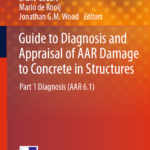 Guide to Diagnosis and Appraisal of AAR Damage to Concrete in Structures_راهنمای تشخیص وارزیابی AAR آسیب به بتن در سازه ها
Guide to Diagnosis and Appraisal of AAR Damage to Concrete in Structures_راهنمای تشخیص وارزیابی AAR آسیب به بتن در سازه ها
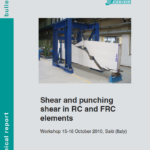 Shear and punching shear in RC and FRC elements_برش و پانچ در عناصر RC و FRC
Shear and punching shear in RC and FRC elements_برش و پانچ در عناصر RC و FRC
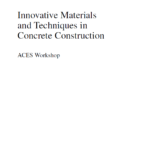 Innovative Materials and Techniques in Concrete Construction مواد و تکنیک های نوآورانه در ساخت و ساز بتنی
Innovative Materials and Techniques in Concrete Construction مواد و تکنیک های نوآورانه در ساخت و ساز بتنی
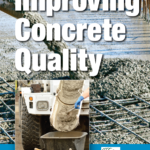 Improving Concrete Quality_بهبود کیفیت بتن
Improving Concrete Quality_بهبود کیفیت بتن